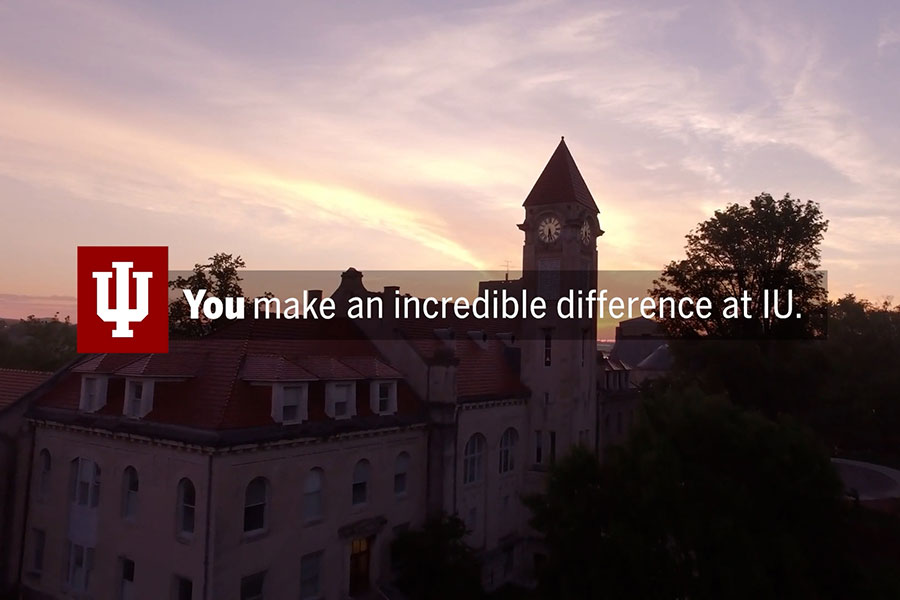IU Stories
IU has incredible stories to tell. IU Stories is where we tell them.
Page 1 of 7, displaying results 1–12 of 73
Contact the editors
We’d love to hear from you! Tell us how we’re doing. Suggest a story. Ask a question. Email us at prideiu@iu.edu.











